How to create nft from physical art
Abstract: To create an NFT from physical art, artists should start by digitizing their work through high-quality photography or scanning to capture every detail . Choosing the right file format like PNG or TIFF is crucial for preserving the artwork's integrity . Next, they need to select an NFT marketplace that suits their needs, with popular choices including OpenSea, Rarible, and Foundation, each offering different fees and features . After selecting a marketplace, artists create a digital wallet to store their tokens and upload their artwork, providing details such as title, description, and attributes . Pricing the NFT involves assessing the artwork's value, the artist's reputation, and digital demand . Additionally, artists can earn royalties from secondary sales, so establishing royalty rates is an important step . Finally, showcasing and marketing the NFT on social media and online communities is key to attracting potential buyers and increasing the chances of a sale .
In recent years, Non-Fungible Tokens (NFTs) have emerged as a revolutionary force in the art world, transforming the way artists create, sell, and own digital assets. This digital innovation allows for the tokenization of unique artworks, offering artists new avenues for monetization and collectors a novel form of ownership. This article explores the process of converting physical art into NFTs, delving into the steps required and the benefits it brings to creators.
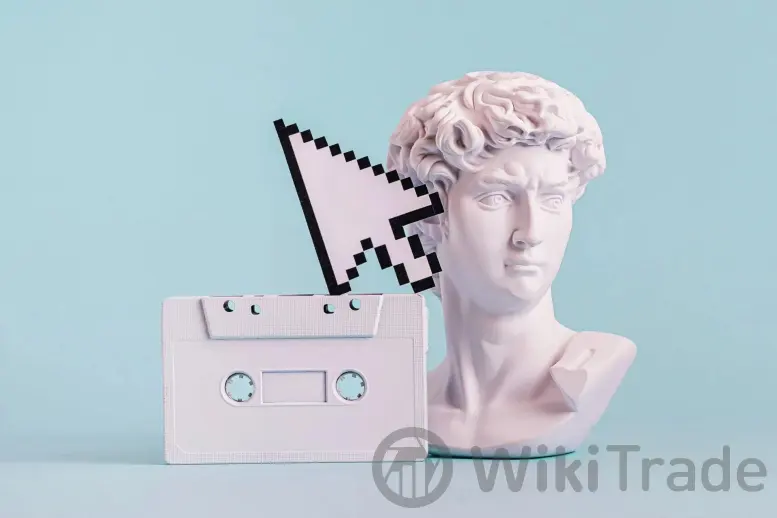
Understanding NFTs: Transforming Art through Blockchain Technology
Non-fungible tokens, or NFTs, represent unique digital assets that are authenticated using blockchain technology. Unlike cryptocurrencies such as Bitcoin or Ethereum, which are fungible and can be exchanged on a one-to-one basis, NFTs are indivisible and one-of-a-kind. This uniqueness is what makes NFTs ideal for tokenizing physical artwork, as it allows artists to create verifiable digital representations of their creations.
Blockchain technology underpins NFTs by serving as a decentralized ledger that records the ownership and transaction history of each token. This technology ensures transparency and security, crucial for establishing the provenance and authenticity of digital artworks. By leveraging blockchain, artists can establish digital scarcity, a key concept that drives value in the NFT marketplace. This scarcity enhances the collectibility of NFTs, appealing to a global audience of art enthusiasts and collectors.
Creating NFTs from physical art involves several steps, beginning with the digitization of the artwork and culminating in its minting on an NFT marketplace. The process not only preserves the originality of the artwork but also opens up new revenue streams through token sales and royalties. As the demand for digital ownership grows, understanding the fundamentals of NFTs and their technological infrastructure becomes increasingly valuable for artists navigating the digital art landscape.
Preparing Your Physical Artwork
Digitizing physical artwork is a crucial first step in the process of creating NFTs. This process ensures that your artwork is ready for digital tokenization, enabling broader access and ownership through blockchain technology.
Steps to Digitize Your Physical Artwork Effectively
Digitization involves converting your physical artwork into a digital format suitable for NFT creation. Follow these steps for an effective digitization process:
Photography or Scanning: Use a high-resolution camera or scanner to capture detailed images of your artwork. Ensure proper lighting and minimal glare to capture the true essence of your piece.
Editing and Cleaning: Utilize photo editing software to refine the digital images, adjust colors, and contrast, and remove any imperfections that may detract from the artwork's quality.
File Formats: Save your artwork in commonly accepted formats such as PNG or JPEG, ensuring compatibility with NFT platforms.
Importance of High-Quality Images or Scans for NFT Creation:
High-quality images are essential for accurately representing your artwork in the digital realm. They enhance the visual appeal and authenticity of your NFT, making it more attractive to potential buyers. Clear images also facilitate the verification process on NFT marketplaces, reassuring buyers of the artwork's originality and value.
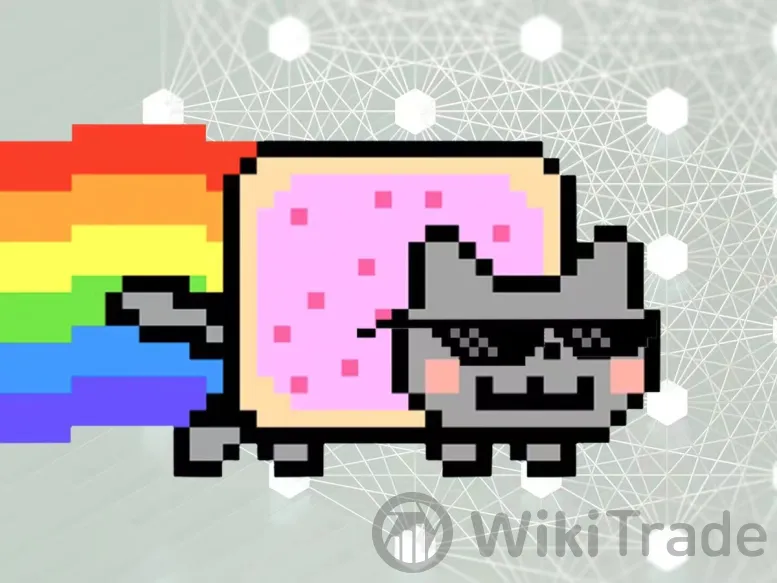
Navigating the NFT Creation Process
Once your physical artwork is digitized, the next step involves minting it as an NFT on a suitable platform. This process transforms your artwork into a unique digital asset that can be bought, sold, and traded within the blockchain ecosystem.
Detailed Process of Creating NFTs Using Platforms like OpenSea or Rarible:
Account Setup: Create an account on an NFT marketplace such as OpenSea or Rarible. Provide necessary details and verify your identity if required.
Upload Artwork: Upload your digitized artwork to the platform. Fill in metadata such as title, description, and tags to enhance discoverability.
Minting Process: Initiate the minting process to generate a cryptographic token that represents your artwork on the blockchain. Specify details such as the number of editions (if applicable) and royalty percentages.
Listing for Sale: Set a price or initiate an auction for your NFT. Consider market trends and competitor pricing to determine a competitive yet profitable value for your artwork.
Choosing Between Free or Paid Platforms for Minting NFTs:
Free Platforms: Some platforms offer free minting services, charging only a transaction fee upon sale. These are ideal for artists starting with NFTs, as they minimize upfront costs.
Paid Platforms: Paid platforms may offer additional features or marketing opportunities in exchange for a minting fee. Evaluate the benefits and costs to determine if the investment aligns with your goals and budget.
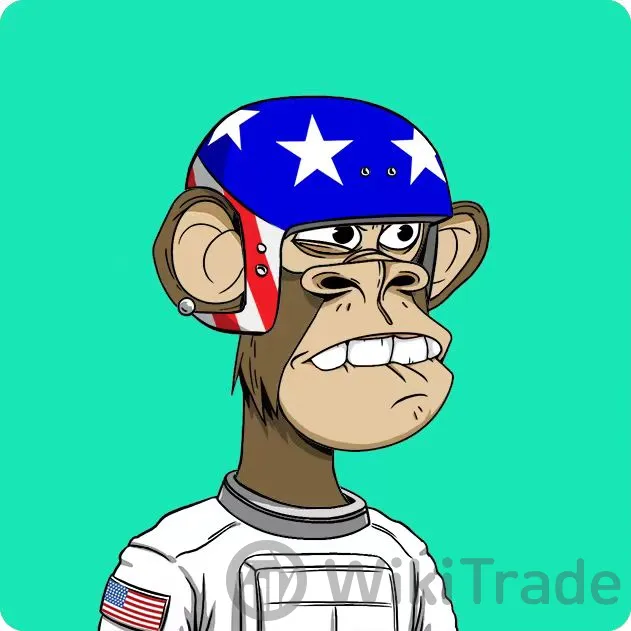
Creating NFTs (Non-Fungible Tokens) from physical art involves several key steps, from designing your digital asset to navigating the vibrant NFT marketplace. Heres a detailed guide to help you navigate this exciting process:
Design Ideas for NFTs
Creative Ideas for Designing NFTs:
Generating unique and compelling NFTs starts with innovative design concepts. Consider:
Interactive Elements: Incorporate elements that engage viewers digitally, such as animations or dynamic visual effects.
Conceptual Art: Explore abstract or conceptual themes that evoke emotions or narratives.
Collaborative Projects: Partner with digital artists or musicians to create multimedia NFTs that offer diverse sensory experiences.
Tips on Optimizing Artwork for Digital Formats:
To ensure your physical artwork translates effectively into the digital realm:
Resolution and Quality: Use high-resolution scans or photographs to capture fine details and textures.
File Formats: Save artwork in formats like PNG or TIFF to preserve quality and compatibility with NFT platforms.
Metadata: Enhance discoverability by adding comprehensive metadata, including descriptions, keywords, and artist information.
Maximizing NFT Success: Pricing Strategies and Effective Marketing Techniques
Strategies for Pricing Your NFTs Competitively:
Market Research: Research similar NFTs to gauge pricing trends and competitive benchmarks.
Value Proposition: Consider factors like scarcity, artistic merit, and potential future value when determining pricing.
Dynamic Pricing: Experiment with dynamic pricing strategies such as auctions or tiered pricing models to maximize profitability.
Marketing and Promoting Your NFT Artwork:
Social Media Campaigns: Leverage platforms like Twitter, Instagram, and TikTok to showcase your artwork and engage with potential buyers.
NFT Marketplaces: Utilize features like promotional listings and community engagement tools offered by platforms such as OpenSea and Foundation.
Collaborations and Partnerships: Collaborate with influencers, collectors, or galleries to expand your artwork's reach and visibility.
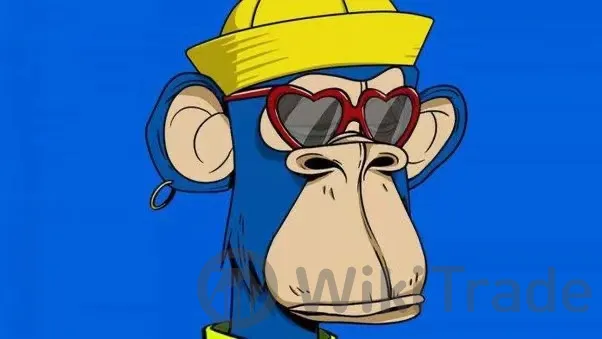
Exploring Top NFT Marketplaces
Overview of Popular NFT Marketplaces:
OpenSea: Known for its wide variety of NFTs across different categories and seamless user experience.
Foundation: Focused on supporting emerging digital artists through curated collections and auctions.
SuperRare: Emphasizes rare and high-quality digital artwork, fostering a community of collectors and artists.
Navigating and Listing Your NFTs on Platforms:
Creating an Account: Sign up and verify your identity on the chosen marketplace.
Uploading NFTs: Follow platform guidelines for uploading artwork, including setting royalties and edition sizes.
Listing Strategies: Optimize your listings with engaging visuals, detailed descriptions, and strategic pricing to attract potential buyers.
Examples of Successful NFT Art
Analysis of Trends in the NFT Art Market:
Market Dynamics: Examine shifts in buyer preferences, investment trends, and technological advancements shaping the NFT ecosystem.
Emerging Niches: Identify emerging niches such as virtual reality (VR) art and AI-generated artwork driving innovation in the NFT space.
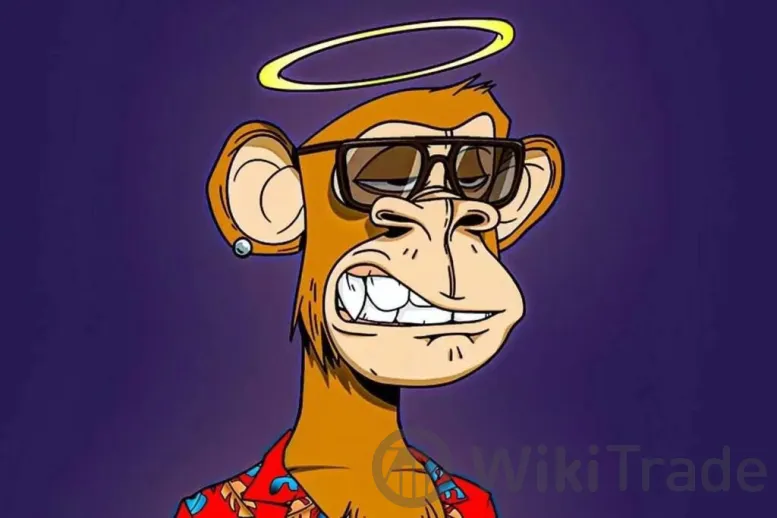
FAQ
What are the benefits of creating NFTs from physical art?
Creating NFTs (Non-Fungible Tokens) from physical art offers several distinct advantages:
Global Accessibility: By digitizing your physical artwork into an NFT, you can reach a global audience of collectors and enthusiasts who may not have access to the physical piece.
Ownership and Authenticity: NFTs provide a secure way to verify ownership and authenticity through blockchain technology, assuring buyers of the artwork's originality.
Artistic Control: Artists can retain control over their creations, including setting terms for royalties and resale rights embedded in the smart contracts of NFTs.
Market Expansion: NFTs open up new markets and revenue streams for artists, allowing them to monetize their work beyond traditional galleries or exhibitions.
How do I ensure the authenticity of my NFT artwork?
Ensuring the authenticity of your NFT artwork involves several key steps:
Documentation: Keep detailed records of the artworks creation, including timestamps, provenance, and any relevant certificates of authenticity.
Blockchain Verification: Use blockchain platforms that offer verification services to authenticate your NFT. Platforms like Ethereum provide transparent transaction histories that validate ownership.
Artist Statements: Include a digital artist statement or biography that confirms your authorship and provides insights into your creative process, enhancing the artwork's authenticity.
Can I sell my NFTs on multiple platforms simultaneously?
Yes, you can sell your NFTs on multiple platforms simultaneously. Many artists choose to leverage the reach and diversity of different NFT marketplaces to maximize exposure and sales opportunities. However, ensure you comply with each platform's terms of service and consider factors like exclusivity or pricing consistency across platforms.
Do I need to be a digital artist to create NFTs?
No, you do not need to be a digital artist to create NFTs. NFTs can be created from various forms of art, including paintings, sculptures, photographs, and even digital creations. The key requirement is to digitize your artwork effectively and adhere to the technical specifications of the NFT platform you choose.
How do royalties work for NFT sales?
Royalties for NFT sales are typically embedded in the smart contract of the NFT itself. Artists can set a percentage of the resale value that they receive whenever their NFT is sold in the secondary market. This feature ensures ongoing compensation for artists as their work appreciates and changes hands among collectors.
What are the technical requirements for creating NFTs from physical art?
Creating NFTs from physical art involves converting your artwork into a digital format that meets specific technical requirements:
Digital Conversion: Use high-resolution scanning or professional photography to capture the details of your physical artwork.
File Formats: Convert your artwork into digital formats like PNG, JPEG, or TIFF, ensuring compatibility with NFT platforms.
Metadata: Include detailed metadata such as title, description, creation date, and artist information to enhance visibility and searchability on NFT marketplaces.
How do I handle copyright and intellectual property rights when selling NFTs?
Navigating copyright and intellectual property rights is crucial when creating and selling NFTs:
Ownership Verification: Ensure you have the legal rights to mint and sell the NFT, especially if the artwork includes elements like trademarks or copyrighted materials.
Licensing: Clearly define the terms of use and reproduction rights associated with the NFT through licensing agreements.
Legal Advice: Consult with legal professionals specializing in intellectual property law to protect your rights and ensure compliance with copyright regulations.
What are the potential risks and challenges of selling NFTs from physical art?
While NFTs offer unique opportunities, there are risks and challenges to consider:
Market Volatility: The value of NFTs can fluctuate based on market trends and demand, impacting potential earnings.
Security Concerns: Ensure the security of your digital wallets and platforms used to buy and sell NFTs to prevent theft or fraud.
Environmental Impact: Consider the environmental footprint of blockchain transactions used for minting and trading NFTs, as they can consume significant energy resources.
Can I convert existing physical artwork into an NFT, or do I need to create new art specifically for NFTs?
You can convert existing physical artwork into an NFT. The process involves digitizing your artwork and minting it as an NFT on a blockchain platform. Ensure that you have the legal rights to reproduce and sell the artwork digitally. Many artists choose to digitize their existing portfolios to tap into the growing NFT market while preserving their original physical pieces.
How do I promote and market my NFT artwork effectively?
Promoting and marketing your NFT artwork is essential to attract buyers and maximize sales:
Social Media Presence: Utilize platforms like Twitter, Instagram, and TikTok to showcase your artwork, share behind-the-scenes content, and engage with potential buyers and collectors.
NFT Marketplaces: List your NFTs on reputable NFT marketplaces that cater to your target audience. Optimize your listings with high-quality images, detailed descriptions, and competitive pricing.
Community Engagement: Participate in NFT communities, forums, and online events to network with other artists, collectors, and influencers. Building relationships and gaining exposure within the NFT ecosystem can increase visibility and sales opportunities for your artwork.
Here are some related information resources.
https://www.adobe.com/uk/creativecloud/nft-art/turn-art-into-nft.html
https://youtu.be/x7JFYVdxg_w?si=EMcBUP817iMtCyIj




Top News
 WikiTrade
WikiTrade WikiTrade
WikiTrade WikiTrade
WikiTrade WikiTrade
WikiTrade WikiTrade
WikiTrade WikiTrade
WikiTrade WikiTrade
WikiTrade WikiTrade
WikiTrade WikiTrade
WikiTrade WikiTrade
WikiTrade

